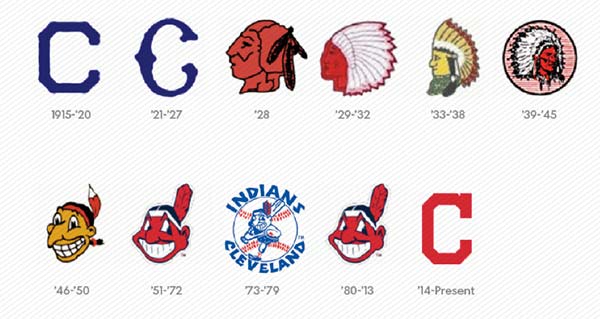If you’re a video game fan like me, you’re probably familiar with Blizzard Entertainment and their assortment of popular games, such as Starcraft, Diablo, and World of Warcraft. One of Blizzard’s newest games is Overwatch, a multi-player, first-person shooter game. One aspect of this game is the Overwatch League, a series of tournaments and live events involving Overwatch players around the world, eventually culminating in the Overwatch League World Championships.
Blizzard recently applied to register an Overwatch League design mark, shown below, for various goods and services, including entertainment services in the nature of organizing and conducting eSports and video game contests and video game tournaments.
Major League Baseball Properties, Inc. (I’ll abbreviate as “MLB”) decided to file a request for an extension of time to oppose Blizzard’s application, presumably based on their various Major League Baseball design marks, such as the one below.
Significant press coverage has followed this development, which is somewhat unusual, as this is merely an extension request, i.e., it simply buys MLB more time to consider whether to file a Notice of Opposition and/or to reach out to the applicant to attempt to resolve a dispute informally. Filing extensions of time to oppose are relatively routine in the trademark field. Often times, in borderline cases where a party might not necessarily follow through with an opposition proceeding, simply filing an extension of time to oppose slows down the prosecution of an application and provides extended leverage during informal negotiations between parties.
So this extension of time might not lead to any formal dispute. One might question how likely it is that MLB would really follow through with an opposition here based on the differences in the marks. Both marks have a two-tone background (though in different colors), split diagonally by a white silhouette of a figure. However, the figures are quite different, one being a baseball player about to hit a ball, the other being a figure leaping forward with some type of gun, apparently about to shoot someone (the species of the Overwatch figure is also unclear–Overwatch has a variety human and non-human characters, such as a genetically engineered gorilla).
On a quick search, I’ve come across several design marks with two-tone, diagonal color splits, and white figures in the middle, some of which are in related sporting or entertainment fields. As one obvious example, see the NBA’s well-known logo:
As another example in the video-game field, see the MLG (Major League Gaming) design mark:
I wonder whether the Overwatch League design will end up being of any significant concern to MLB. Perhaps the extension of time to oppose simply provides some leverage over informal talks between the parties towards modifying the Overwatch League design? What do you think?

















